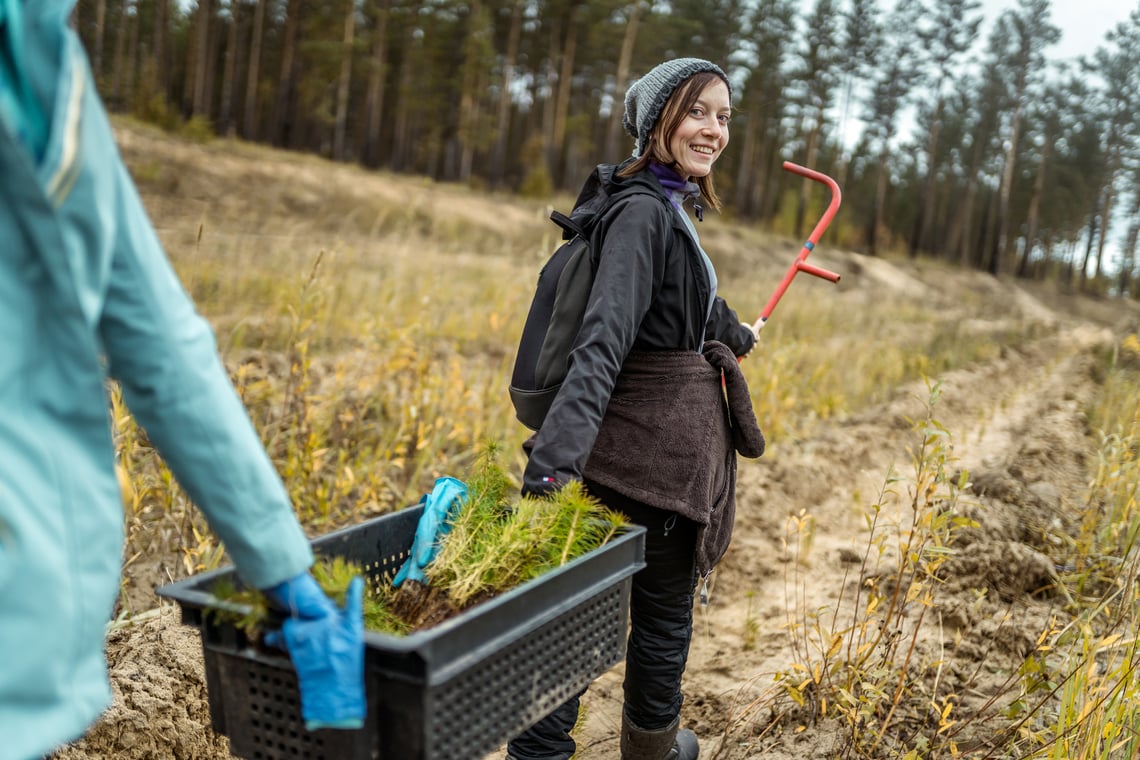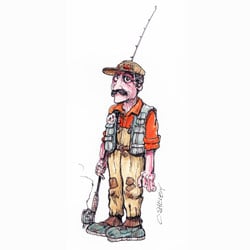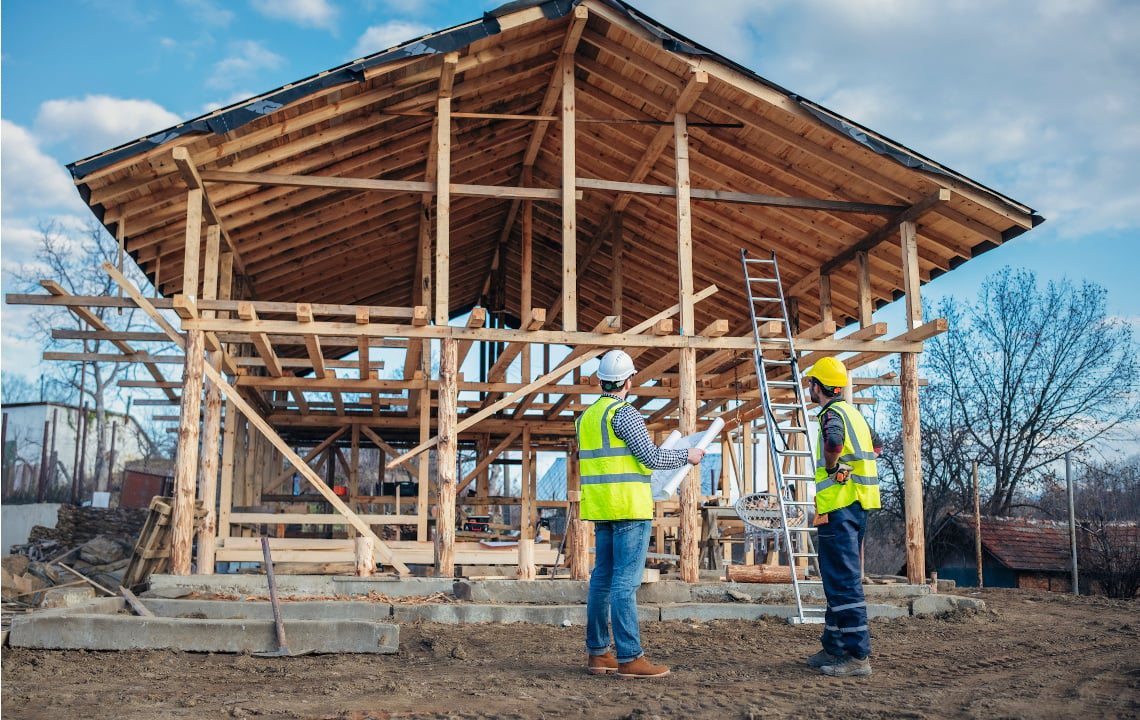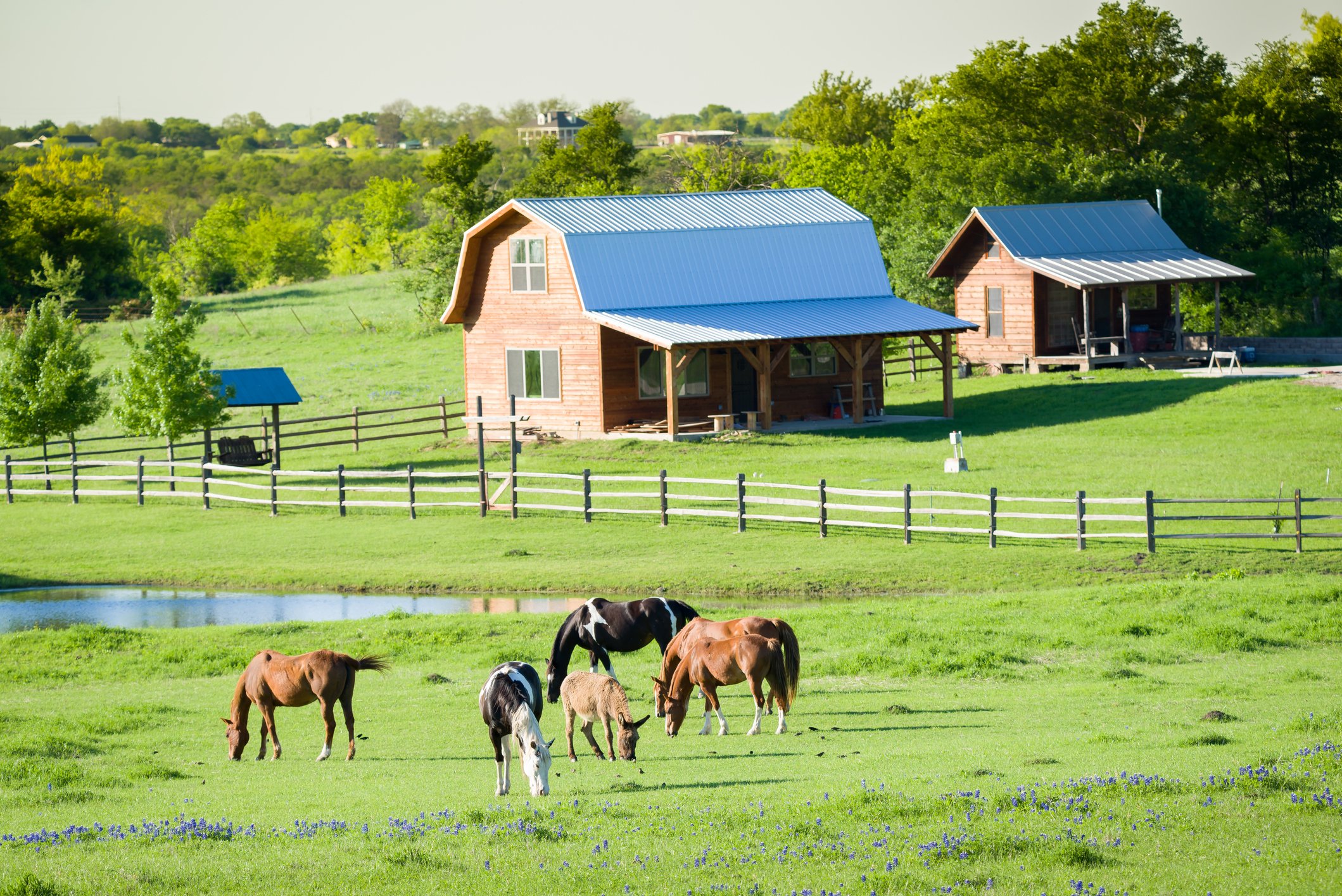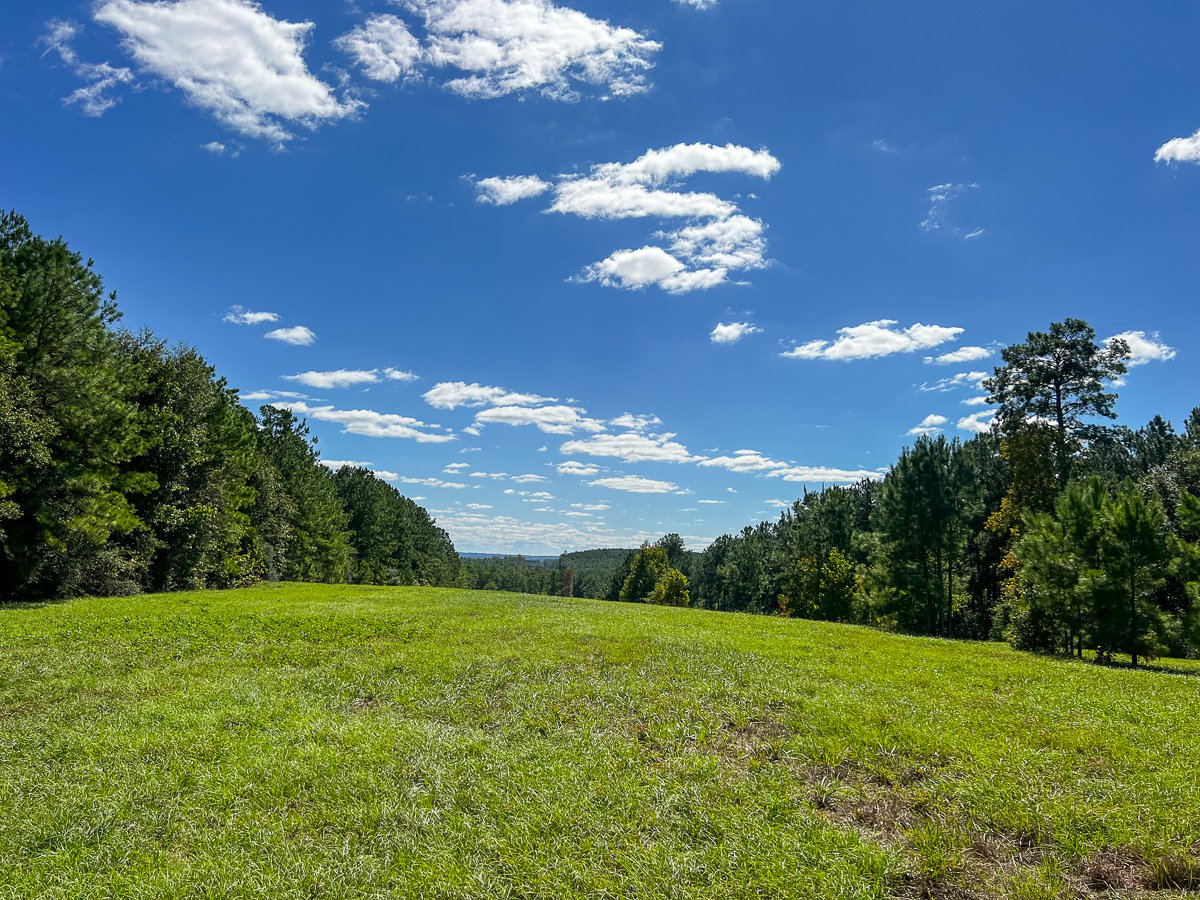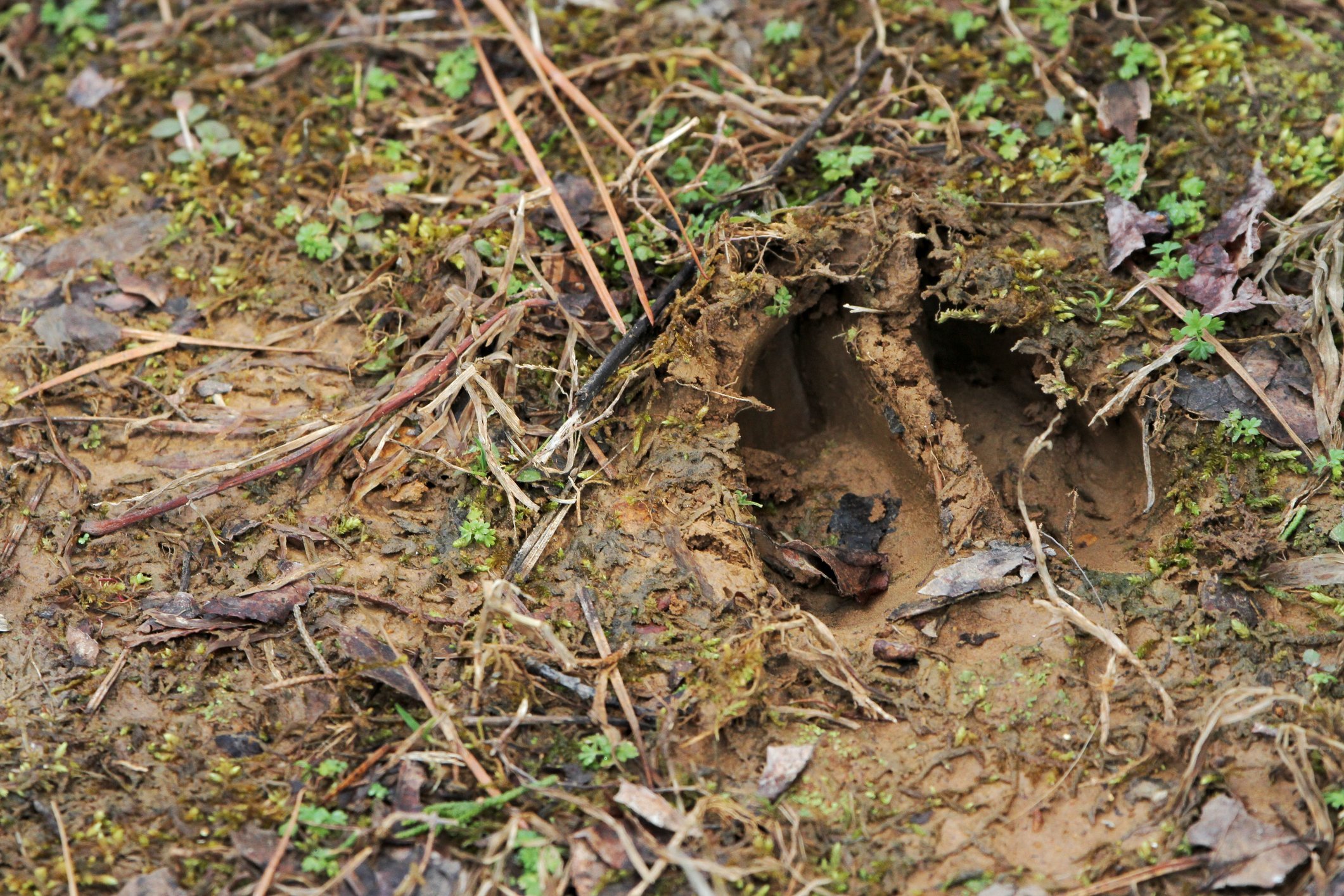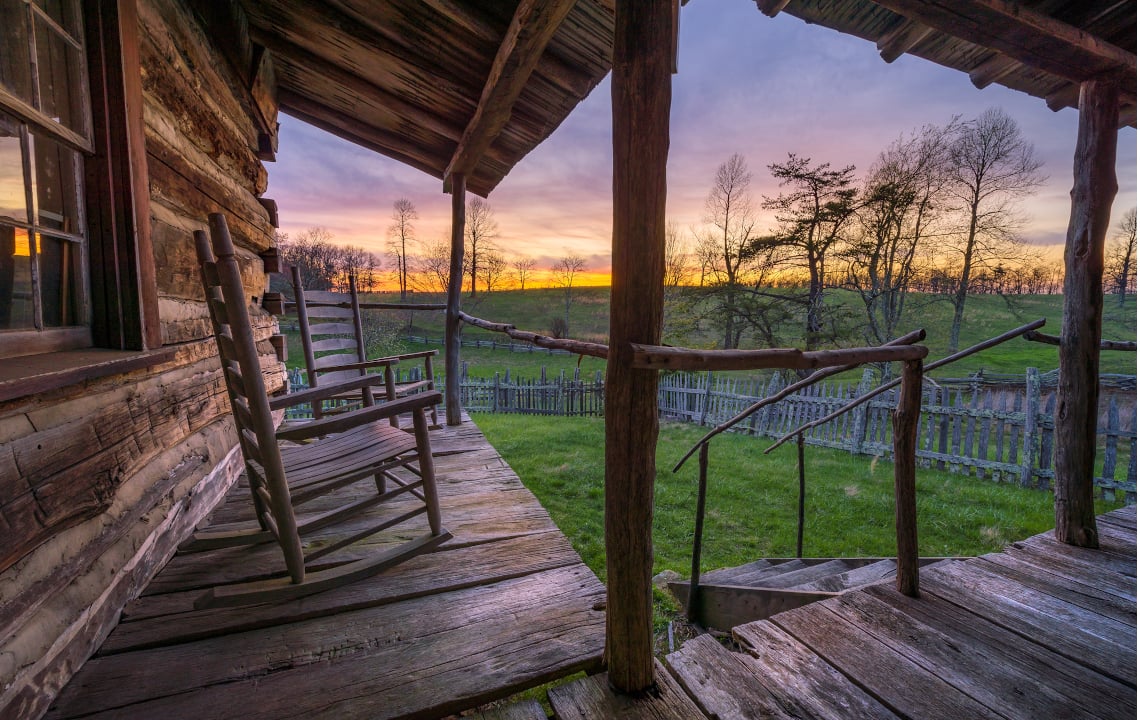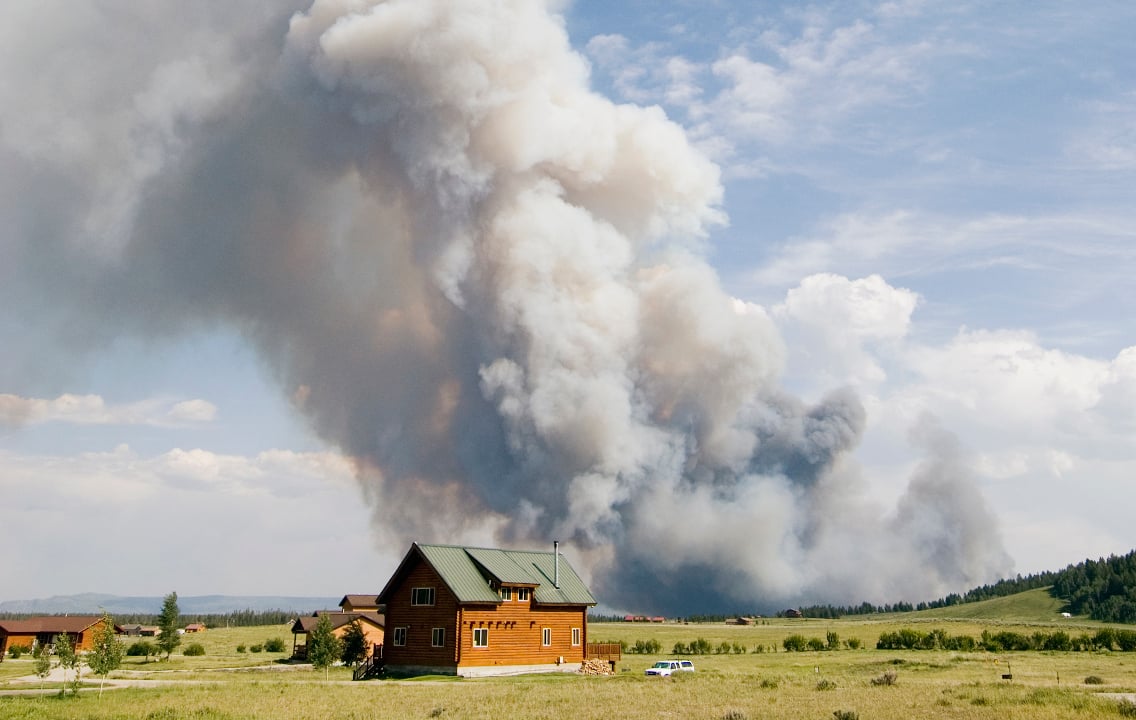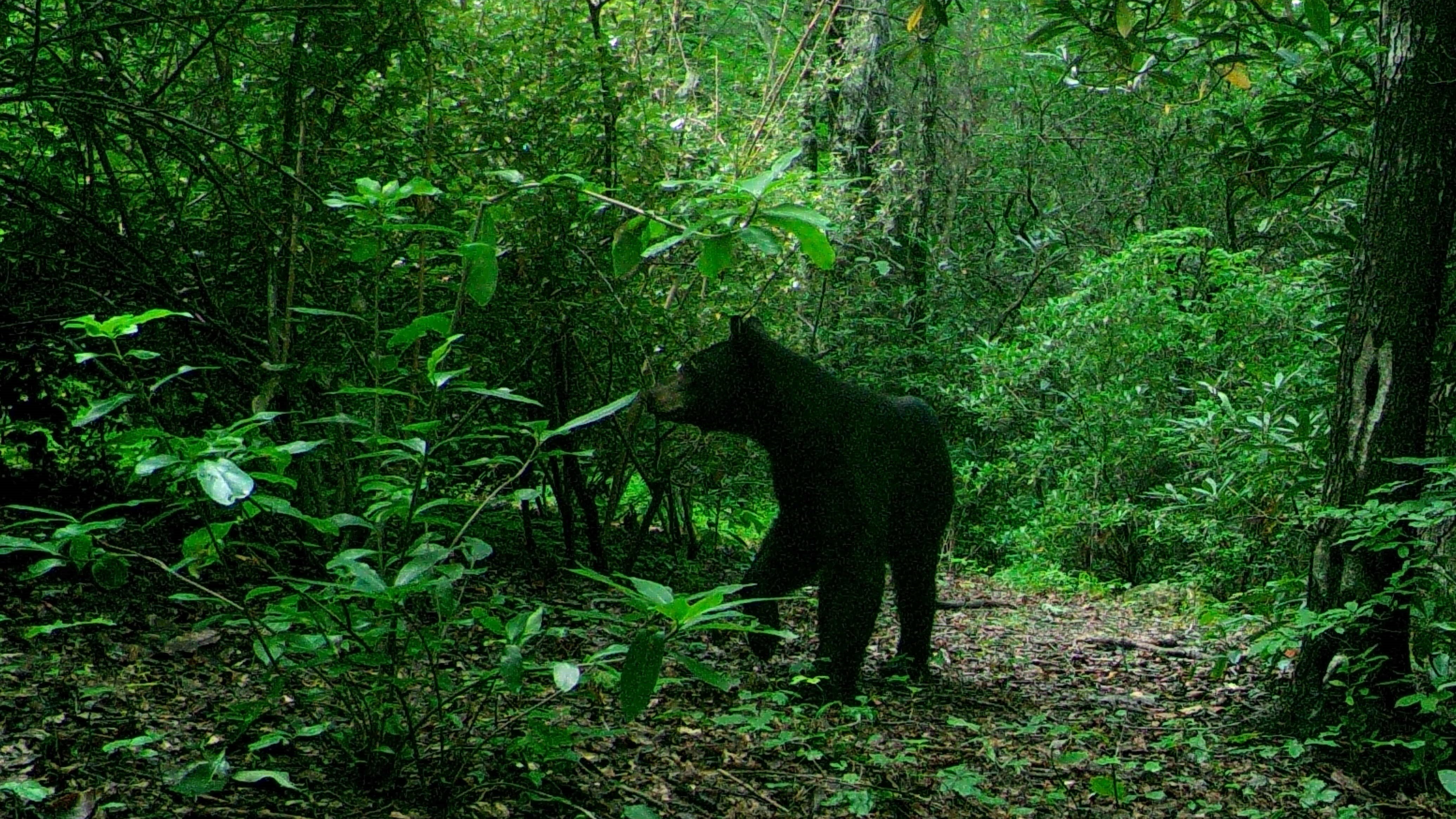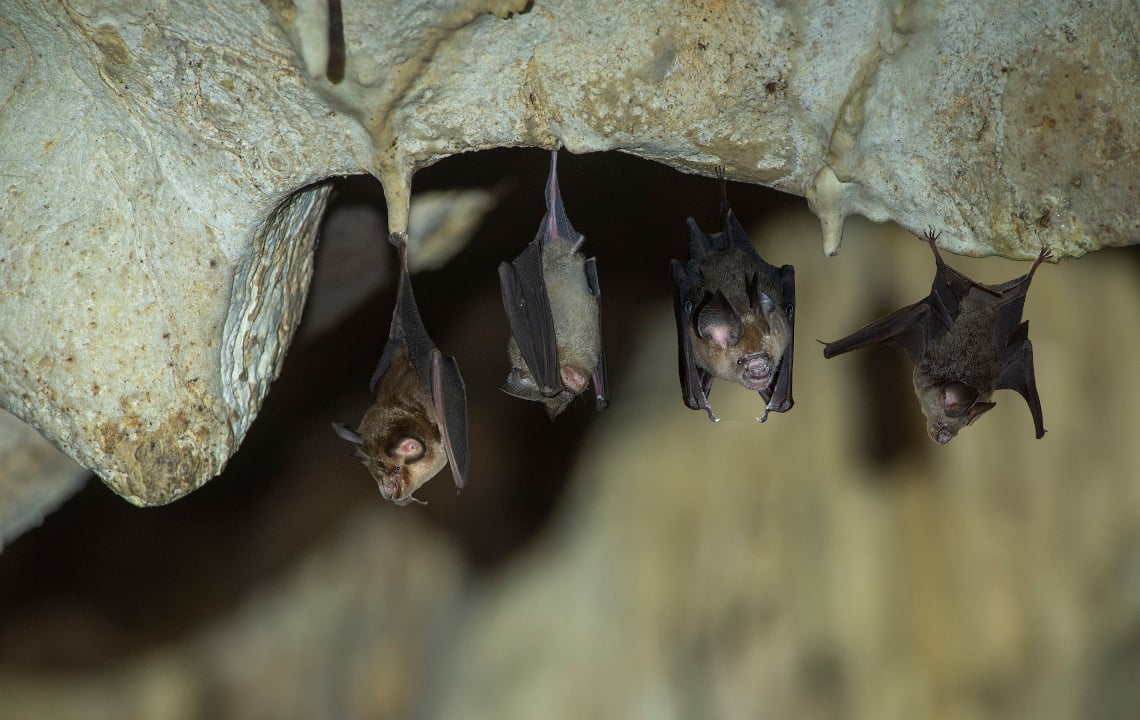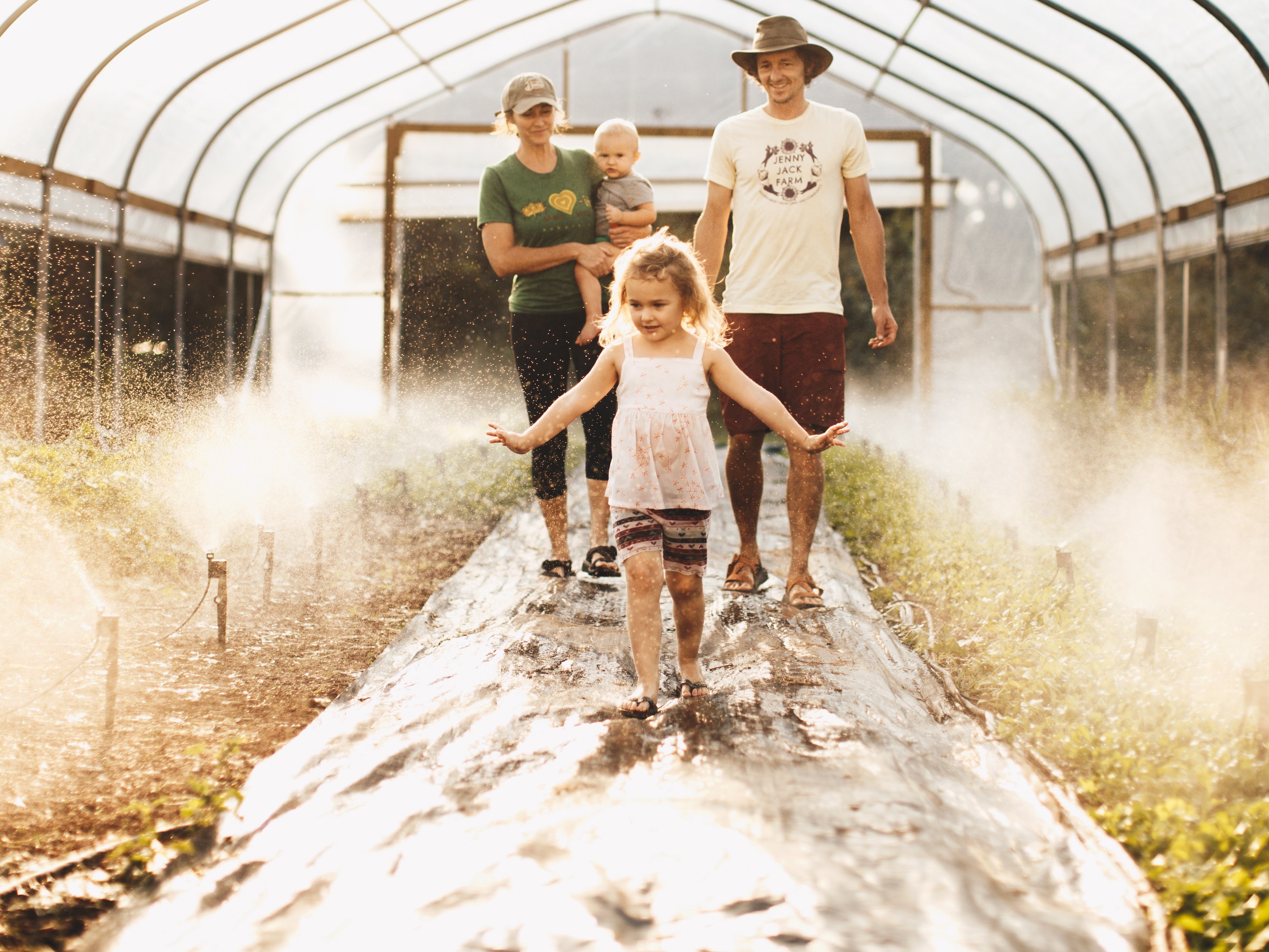More than 74,000 family forest owners have turned their 19 million acres of timberland into certified tree farms. Should you? The director of the American Tree Farm System weighs in.
Certified Tree Farms are not a new fad. The oldest and largest organization, the American Tree Farm System (ATFS), began certifying Tree Farms in 1941. Their objective is to provide “affordable forest certification for family forest landowners.”
What is forest certification?
Forest certification, according to the ATFS state affiliate the Florida Tree Farm Program, “is a mechanism for forest monitoring, tracing and labeling timber, wood and pulp products and non-timbered forest products where the quality of forest management is judged against a series of agreed standards.”
Simply put, your forest land is managed to a set of criteria, certified, and products from that land then qualify to be sold under the certified forest brand.
Angela Wells, pictured below, grew up on a Tree Farm and is now the Director of the American Tree Farm System.
 In that role, she and her team work with 42 state affiliate organizations that, as she says, “provide resources to landowners who want to do right by their forest land.”
In that role, she and her team work with 42 state affiliate organizations that, as she says, “provide resources to landowners who want to do right by their forest land.”
“Even though forest certification seems to imply that harvest is obligatory, Angela is quick to point out that not every Tree Farm prioritizes timber cutting. ‘You can manage your Tree Farm for wildlife, clean water production or conservation, recreation opportunities or wood products.”
Benefits of Becoming a Certified Tree Farm
The benefits of the ATFS program include both financial and social values.
For instance, the demand for certified wood products varies by market, but Angela points out that some customers want wood grown using sustainable practices. The ATFS program is recognized under the Programme for the Endorsement of Forest Certification (PEFC) and certifies ATFS as a source of sustainable fiber and qualifying for the PEFC chain of custody programs.
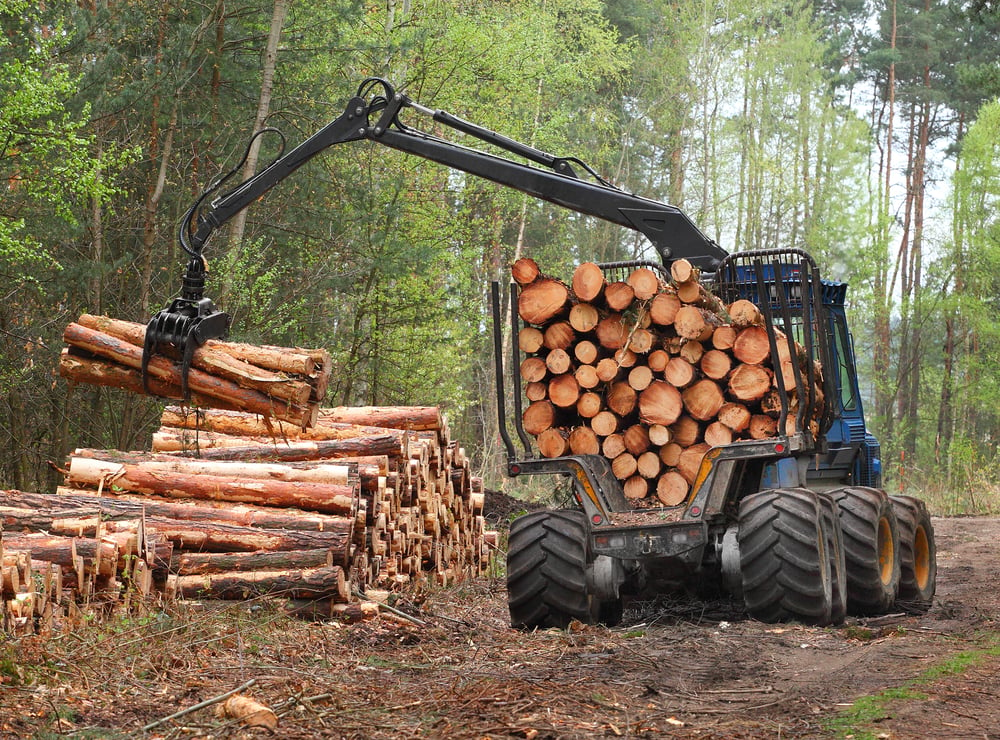
Chain of custody allows the certified wood fiber to be tracked from field to product, qualifying for on-product labeling.
Also, some states may tax timber property differently with documentation proving it is part of a business and certification along with a management plan may qualify as part of that documentation. It’s worth asking your accountant about the rules in your state.
But the non-financial aspects of the ATFS program may be what attract most who join.
The American Tree Farm System Standards for Forest Certification emphasize sustainable forestry and protection of rare and valuable sites.
For instance, the first two of the eight Standards involve evidence of commitment to sustainable forestry and compliance with relevant laws. This is done by developing a sustainable forest management plan specific to your site and objectives.
The third Standard requires reforestation of desired species within a time period appropriate for your forest type or according to state and local laws. It’s important to note that the desired species is specified in the forest management plan. Many owners participate in programs to restore species such as long-leaf pine and use harvest as the opportunity to do that.
The fourth Standard relates to air, water and soil protection. Compliance involves meeting or exceeding best forestry management practices.
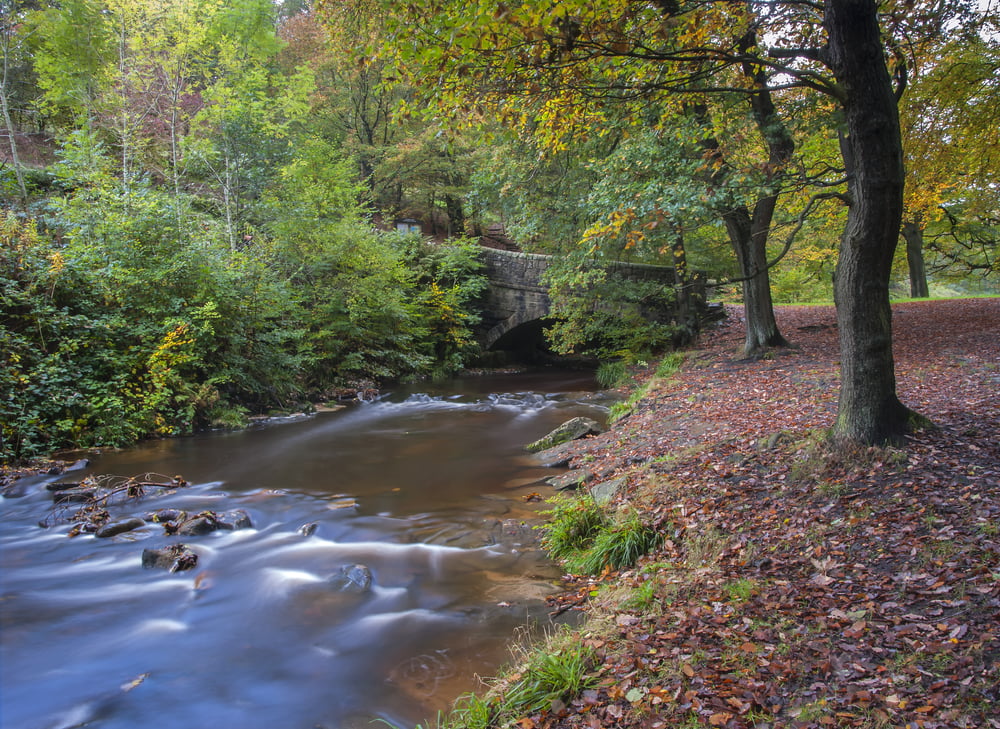
The fifth Standard is related and requires protecting fish, wildlife, biodiversity and forest health. This includes protection of threatened or endangered species.
The sixth Standard recognizes the importance of forest aesthetics. Practices that impact the visual quality of the forest should be included in the sustainable forestry plan.
Standard seven requires protection of special sites. These may be historical, archeological, cultural, geological, biological or ecological sites with unique characteristics.
The last Standard relates to forest product harvest and other activities being conducted in accordance with best practices, regulations and the sustainable forestry plan.
What stands out about these standards is that like any good forestry plan, these are specific to the owner’s objectives and the unique characteristics of the site. Site protection and improvement are fundamental to these sustainable forestry plans.
Does your forested land qualify?
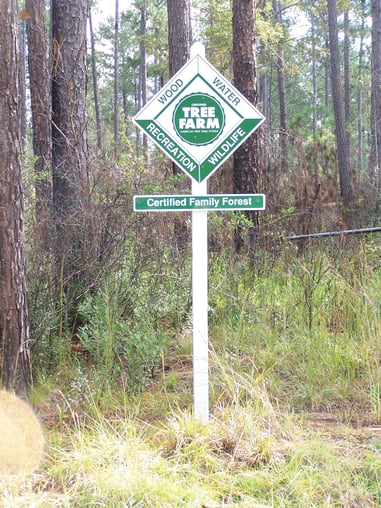 Qualifying for certification begins with having at least ten acres of forest land and a commitment to best practices in managing that land. ATFS offers resources to help you get started.
Qualifying for certification begins with having at least ten acres of forest land and a commitment to best practices in managing that land. ATFS offers resources to help you get started.
To learn more about the details of the ATFS program and see the guidelines of certification, visit: treefarmsystem.org. The “Get Started” tab provides information on the steps to certification.
Also, under the “Get Started” tab, click on “Find Your State Program” to go to a map where you can click on your state to connect to the local ATFS affiliate, or click here to access the page directly.
Within each state tab you can read about local resources available. These include programs and training related to the compliance guidelines noted above.
In addition, you will have opportunities to network with others in the ATFS program, whether through local tours or webinars.
As Angela describes the ATFS programs, they are here to “provide resources to landowners who want to do right by their forest land.”
If you’re interested in managing your timberland for the next generation as well, then it is worth taking a look at a Tree Farm certification program.


